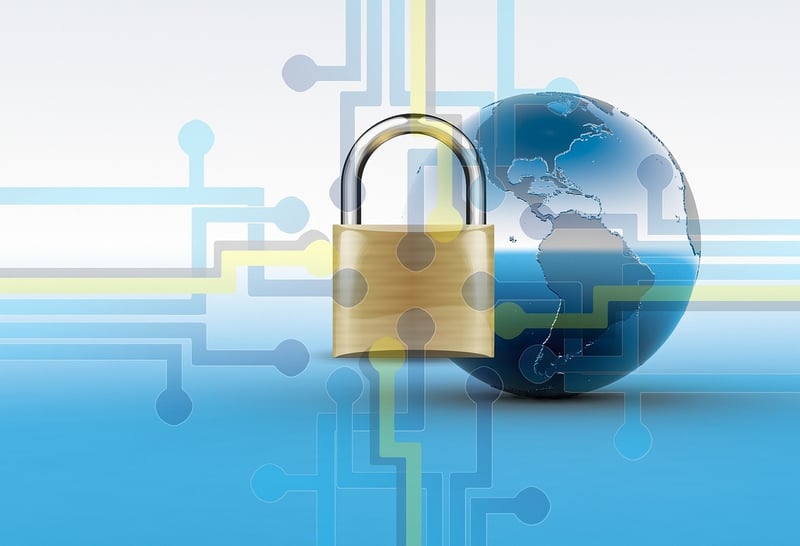Secure Communication
Tips for Staying Safe Online and Offline
Online Safety
With the increasing digitization of our lives, it's essential to stay safe both online and offline. Here are some tips to help you navigate the digital world securely:
1. Use Strong Passwords
Ensure your passwords are unique, complex, and not easily guessable. Consider using a password manager to keep track of them securely.
2. Enable Two-Factor Authentication (2FA)
Adding an extra layer of security like 2FA can significantly enhance your account's protection by requiring a second verification step.
3. Be Cautious of Phishing Attempts
Avoid clicking on suspicious links or providing personal information to unknown sources. Be wary of emails or messages asking for sensitive data.
4. Keep Software Updated
Regularly update your operating system, software, and antivirus programs to patch security vulnerabilities and protect against potential threats.
Offline Safety
While it's crucial to safeguard your online presence, offline safety is equally important. Here are some tips to stay safe in the physical world:
1. Be Mindful of Your Surroundings
Awareness of your environment can help prevent incidents like theft or physical harm. Stay vigilant, especially in unfamiliar or crowded places.
2. Secure Your Belongings
Keep your valuables like wallets, phones, and laptops secure to minimize the risk of theft. Use locks or safes when necessary.
3. Avoid Sharing Personal Information
Limit the disclosure of personal details like your address, phone number, or schedule to protect your privacy and prevent potential risks.
Secure Communication
Whether online or offline, secure communication is vital to safeguard your conversations and data. Here are some ways to ensure your communication remains private:
1. Use Encrypted Messaging Apps
Opt for messaging apps that offer end-to-end encryption to protect your chats from unauthorized access. Examples include Signal, WhatsApp, and Telegram.
2. Avoid Public Wi-Fi for Sensitive Tasks
Avoid conducting sensitive transactions or sharing confidential information over public Wi-Fi networks, as they are prone to security risks.
3. Verify the Recipient
Before sharing sensitive information or clicking on links, verify the identity of the recipient to avoid falling victim to impersonation or phishing attacks.

By following these tips for online and offline safety, as well as practicing secure communication methods, you can better protect yourself from potential threats and maintain your privacy in an increasingly digital world.
